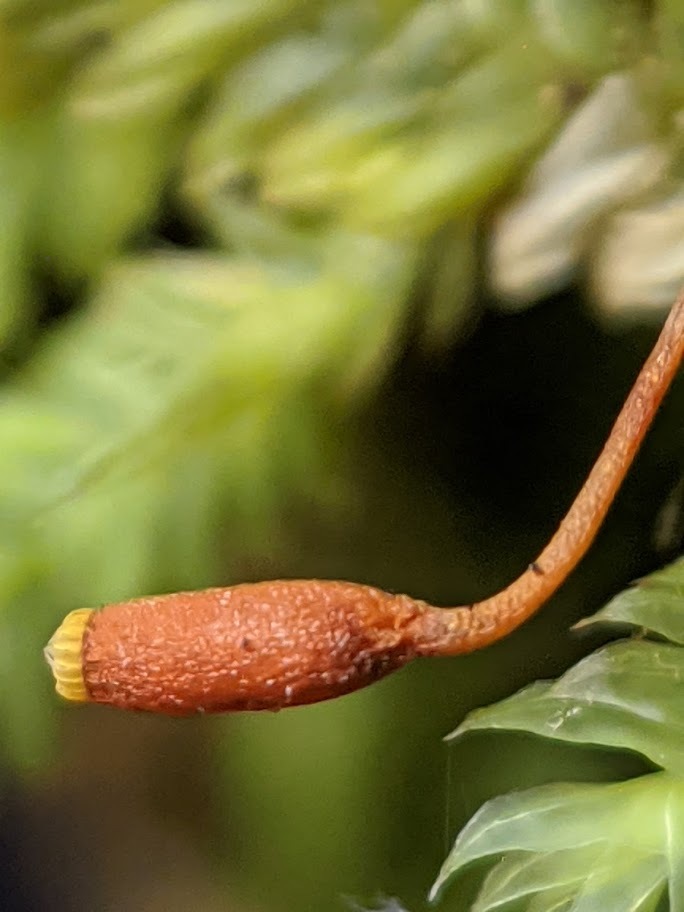Lopidium
Monoicous, occasionally dioicous or rarely heteroicous. Asexual reproduction by filamentous gemmae produced on the stem, usually near the apex (not in Victoria). Gregarious to isolated stems arising from soil, rocks, logs, tree fern or tree trunks and branches. Stems differentiated into stipe and rachis, prolifically pinnately to tripinnately-branched in rachis part, entirely glabrous or tomentose at base, terete; central strand absent or present (not in Victoria). Leaves complanate or not, in three ranks, isomorphic or ventral rank differing from lateral ranks, crisped or twisted when dry; costa simple, rarely forked near end, subpercurrent to excurrent; hairpoint absent; margin entire to serrate, with a distinct border of more elongated cells, sometimes border faint or interrupted near base and apex; laminal cells isodiametric, hexagonal, porose, incrassate; lateral leaves appressed to widely patent, asymmetric or symmetric; ventral leaves appressed to patent, symmetric. Seta produced adaxially, projecting above or lying in the plane of the frond, weakly to distinctly mamillose. Capsules vertical to pendent, straight. Calyptra cucullate, fleshy, glabrous or hairy (not in Victoria). Operculum oblique-rostrate from conic base. Peristome double; exostome of 16 entire teeth; endostome of 16 processes; cilia absent or rudimentary.
Two species in tropical and southern Africa, Madagascar, south-east Asia, Japan, Malesia, Australia, Pacific Islands and South America; one species in Victoria.
 Spinning
SpinningKruijer, H. (2002). Hypopterygiaceae of the world. Blumea supplement 13: 1–388.
Kruijer, H. (2006). Hypopterygiaceae, in McCarthy, P.M. (ed.), Flora of Australia, vol. 51, pp. 377–388.. ABRS and CSIRO, Canberra and Melbourne.

